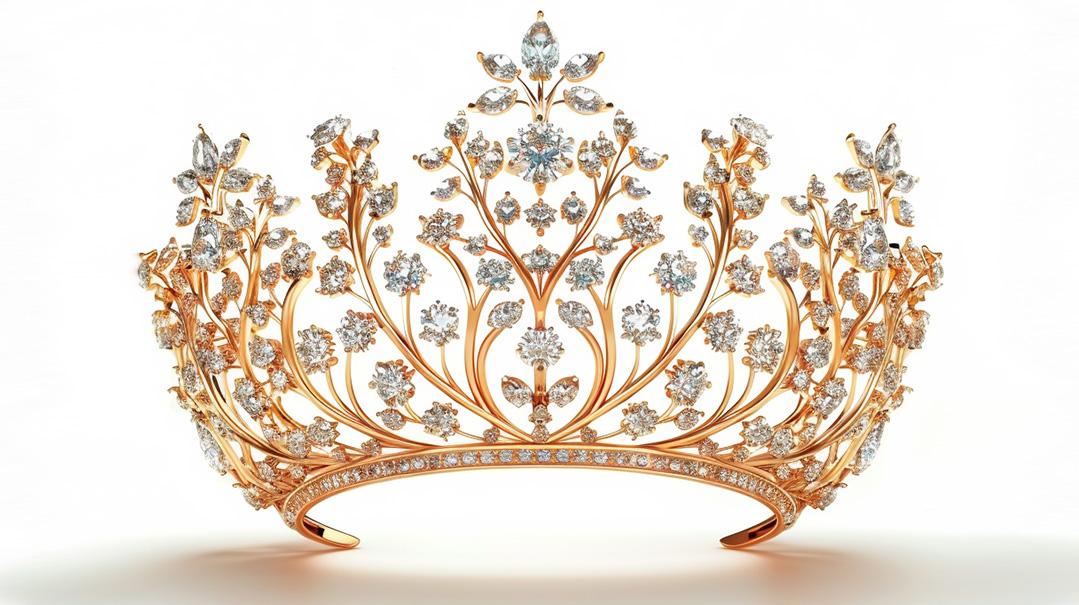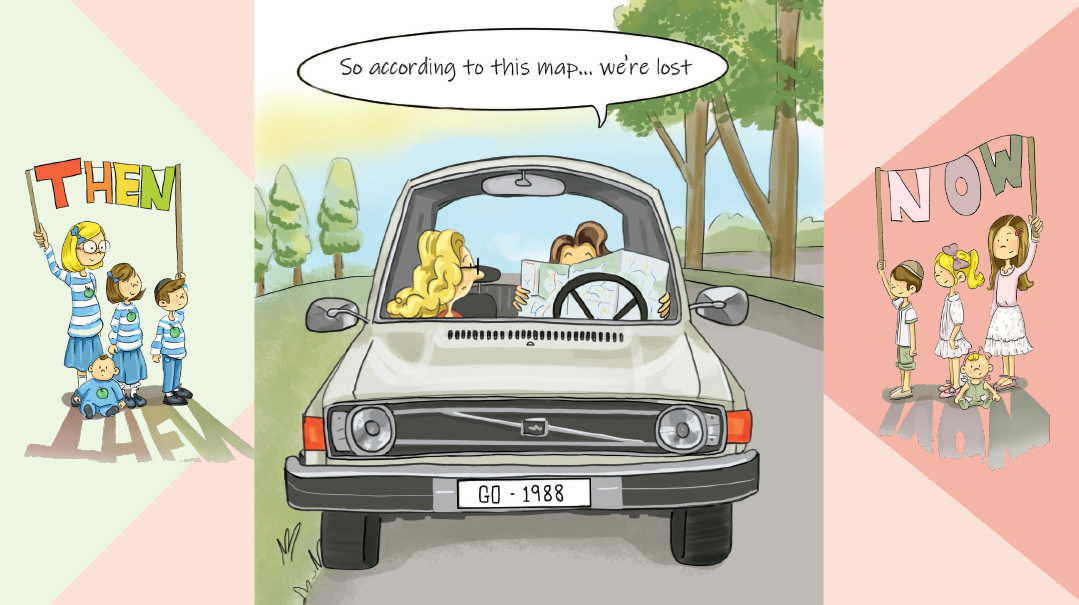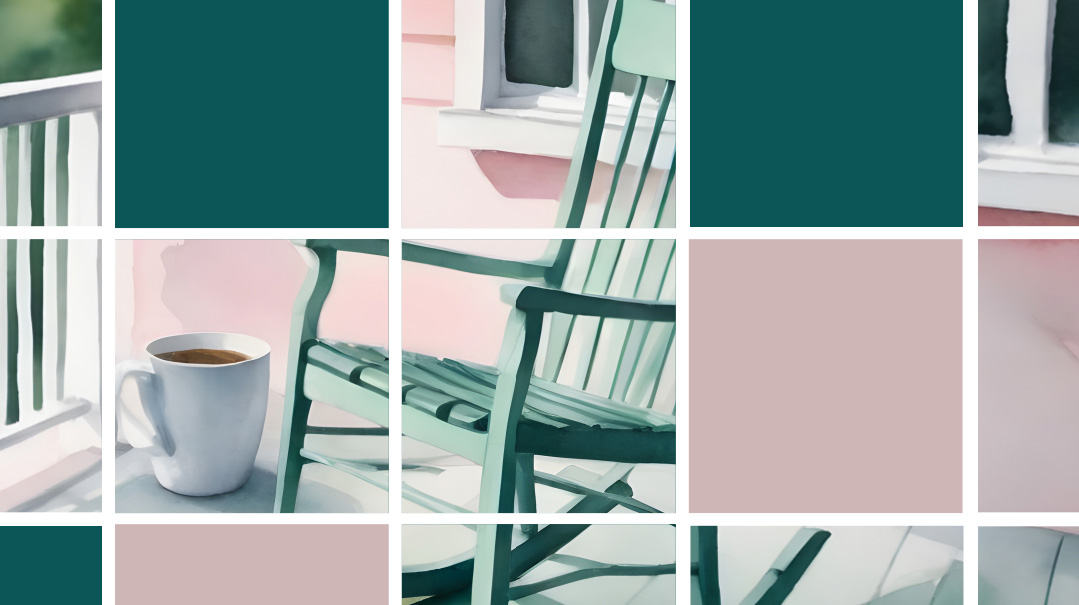Journey Home
| June 1, 2021As she fought for survival, Yehudit Spatz never stopped seeking truth

As told to Ester Katz Silvers by Rabbi Yitzchak Spatz
1944.
My late wife, Yehudit, was three months old when her father was arrested in Nazi-occupied Hungary for possessing forged papers. She and her mother, Bluma, never saw him again.
Soon after, the Germans requisitioned their lovely Budapest home. Homeless, my mother-in-law wandered the streets of the city, Yehudit in her arms, and the required yellow star on her chest.
When Allied bombs began to fall, my mother-in-law, fearing for their lives, knocked on the first door she saw. It was opened by a Nazi officer. Thinking quickly, my mother-in-law held Yehudit over her star, and speaking perfect German — for she’d been a native of Vienna until her marriage — asked for shelter. The soldiers treated her graciously, and she remained there until the raid ended. Then she was back out on the streets, dodging both arrest and bombs.
My mother-in-law was cowering on the famous Széchenyi Chain Bridge, trying to protect her precious child from the elements, when she felt a presence behind her.
“Excuse me. You’re Jewish, aren’t you?” a kind voice asked.
My mother-in-law was too terrified to answer.
“Don’t be afraid,” the voice continued. “I’m from Sweden. Come with me.”
He showed her his identification, proving he was Swedish diplomat Raoul Wallenberg, later famous for his heroism. My mother-in-law followed him to the Swedish embassy. There, she and Yehudit were given certificates of protection and a place to live in one of Wallenberg’s “safe houses.”
The Germans respected the Swedish protection papers, but the Arrow Cross, the cruel anti-Semitic ruling fascist party, didn’t. My mother-in-law overheard a rumor that their officers were planning to besiege her safe house. She was one of the few to believe the report, and she took Yehudit and fled. This spared them the fate of being shot into the Danube River, like so many other Hungarian Jews.
Through a number of other miraculous incidences, my mother-in-law and Yehudit managed to survive the last months of the war. Peace came, and with it, Communist rule. My mother-in-law made ends meet by continuing her late husband’s business on a smaller scale, and by taking in boarders, namely, a young nun.
Growing up in postwar Communist Hungary, the extent of Yehudit’s connection to her Jewish heritage were her mother’s Shabbos candles and the anti-Semitic slurs she heard from classmates. That was it.
One afternoon, when her mother was still at work, the nun boarding in their home invited Yehudit to go for a walk with her. She led her to a nearby church in time for Mass. My mother-in-law, arriving home early and finding both her daughter and boarder missing, suspected what the nun was up to.
She found Yehudit hand in hand with the nun inside the church, by the altar. My mother-in-law grabbed Yehudit’s other hand and commanded her not to bow down at the same time the nun instructed her to do so. Yehudit was torn between the two women, but she chose to listen to her mother.
Life wasn’t easy in Communist Hungary. In 1956, my mother-in-law contacted friends from Vienna who’d moved to Israel before the war. With their support, she and Yehudit left Hungary for Israel and joined those friends on Kibbutz Sde Nechemiah in the north of the country. There, Yehudit was surrounded by Jews, but she still had little understanding of what being Jewish meant.
Spiritual Search
One Pesach, a teenaged Yehudit went on a tiyul with her kibbutz friends. On the bus, without any self-consciousness, they took out their sandwiches to eat. Another passenger was scandalized, and Yehudit was chagrined to hear his criticism. What was wrong with what they were doing?
After her army service, in the early fall, her mother was hospitalized with a serious stomach ailment and instructed not to fast on Yom Kippur. Fasting was one of the few threads my mother-in-law had left from her Jewish past. She was determined to ignore the doctor’s directive, and she and Yehudit exchanged some heated words over the wisdom of that decision. They finally came to an agreement; Yehudit would fast instead of her mother. And so she did. She had little understanding of why she was fasting, and her interest was piqued.
Her job on the kibbutz was teaching Hebrew to new immigrants in the kibbutz’s ulpan. At one point they sent her to a teachers’ seminar in Jerusalem with a range of instructors from across the religious spectrum. That’s when Yehudit first met Professor Nechama Leibowitz, the renowned teacher, who appreciated Yehudit’s thirst to learn more about Judaism.
It was Nechama who suggested Yehudit study at Bar-Ilan University. Not only did she want Yehudit to receive a college degree at a religious institution, she also hoped Yehudit might meet a nice, frum young man.
That’s exactly what happened. I met Yehudit on campus, and in December of 1969 we married.
Yehudit felt there was something missing from the Bar-Ilan curriculum. Penning a letter to the rav of the university, she requested more Torah classes. The rav took her seriously and agreed to begin an informal course on the condition Yehudit find an additional eight students to commit to attending. She managed to sign up forty young women!
The classes were taught by Rebbetzin Yehudit Kook of Rechovot, a member of the famous Kook family.
After Yehudit graduated, we settled on the kibbutz I grew up on, Kibbutz Tirat Zvi. Our first three children were born there, but Yehudit didn’t want to raise them as kibbutznikim. We agreed to ask the advice of Rav Chaim Druckman; he advised us to move on.
Our next stop was Mevaseret Zion, just outside of Yerushalayim, home to a yeshivah and kollel, where I learned. Our fourth child was born there. There were two more moves and then, in 1982, we came to Shiloh, a village northeast of Yerushalayim, adjacent to the site of Biblical Shiloh. It became our permanent home, and our fifth child was born there.
Survival in Shiloh
Life was good in Shiloh. I was the rav of the school, as well as a teacher. Yehudit served as the community librarian in the little trailer where all the books were stored. She became the women’s representative on the shul board and took on the task of making sure the building stayed clean.
A week before Chanukah of 1987, the First Intifada began. Several months later, Yehudit was traveling to a wedding with friends when a group of Palestinian youths threw a boulder at their car. Yehudit was hit on the head and suffered a concussion.
Neighbors visited her daily while she recuperated. Someone had loaned her the book, Gateway to Happiness, by Rav Zelig Pliskin. It was in English, so she studied it with an English-speaking neighbor, which was a win-win situation — the neighbor improved her Hebrew while Yehudit learned to experience more joy in her Yahadut and relationship with HaKadosh Baruch Hu.
Following the mass aliyah from the former Soviet Union in the 90s, a group of young Russians came to the Shiloh yeshivah to learn Hebrew and about Yiddishkeit. Drawing on her experience working in the ulpan in Kibbutz Sde Nechemiah, Yehudit became a popular teacher.
Several years later, our second son started yeshivah high school and began having severe stomach pains. One neighbor, while giving Yehudit and our son a ride to one of the many specialists in search for a diagnosis, suggested that perhaps the problem was the bad institutional food in his yeshivah.
Sadly, it was far more serious than that. It was cancer.
Yehudit tirelessly took our son from doctor to doctor for conventional, as well as non-conventional, treatments. She began reciting Tehillim, not just for him, but for others who were ill. She had a thick notebook with names of cholim from all over the country.
She turned to friends and neighbors to join her in her mission, and soon had the women of Shiloh reciting the whole Tehillim daily. Many were the evenings that she stayed up late, calling all her volunteers to inform them that another name needed to be added to their list.
Terror Strikes Again
In December of 1993, after a night shift in the hospital with our cancer-stricken son, I and one of our daughters drove home in the early hours of the morning. On the way, we picked up two hitchhikers: Yitzchak Weinstock, who was on his way to yeshivah in the nearby village of Eli, and Shalva Ozana, who was on her way to teach kindergarten in the town of Beit El.
Halfway home, engine trouble made us stop at the side of the road. Yitzchak got out to help me work on the car. Shalva and our daughter stayed inside. Another vehicle drove by, slowed down, and then opened fire.
Shalva z”l was killed on the spot, and Yitzchak z”l succumbed to his injuries the following morning. My daughter and I suffered from minor shrapnel wounds.
It was important for us to host a seudat hodayah the following Motzaei Shabbat. Neighbors arrived and wondered what in the world they would say to us. Yes, our family had survived, but what about the two precious souls who’d been murdered?
Yehudit had a ready answer for everyone: Hodu laHashem ki tov, ki l’olam chasdo. Give thanks to Hashem because He is good, His kindness is forever.
Every year on the anniversary of the attack, we hosted close friends in our home to share divrei Torah and thank the Almighty for saving our family. On the second year, we received a phone call that our first grandchild had been born! More grandchildren followed, and baruch Hashem, our son fully recovered from his illness.
The Final Battle
Then cancer reared its ugly head again. This time it was Yehudit who was sick. For ten years, she fought the disease, continuing to recite Tehillim daily, requesting brachos from a number of rabbis, and never ceasing to believe in Hashem’s kindness. Again, she tried conventional and non-conventional treatments.
She bathed in water from the Dead Sea, followed special diets, and went for therapeutic walks. Rebbetzin Tzviya Eliyahu, wife of former Sephardic Chief Rabbi Harav Mordechai Eliyahu z”l, recommended sleeping with earth from the graves of tzaddikim under her pillow and sent her a packet of soil.
While she was undergoing treatment, Yehudit was introduced to the art of flower-arranging. Every week she made a tremendous effort, sometimes even with a portable oxygen tank, to attend a class to help her perfect the hobby. As her talent grew, friends and neighbors from our village turned to her for help to prepare the table decor for their smachot.
Right before Rosh Hashanah of 2008, we were overjoyed that Yehudit was allowed to come home for the holiday. But then her situation took a sudden turn for the worse.
On Erev Succot, she returned her soul to her Maker. The day following her funeral was Yom Tov, and we said Hallel in honor of the chag. We recited the words Yehudit had said years earlier after I survived a terror attack, the words that defined her approach to life: Hodu laHashem ki tov, ki l’olam chasdo. Give thanks to Hashem because He is good, His kindness is forever.
(Originally featured in Family First, Issue 745)
Oops! We could not locate your form.






